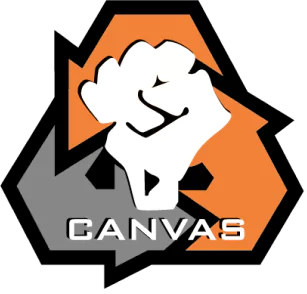Jan 1, 2015-2015
Myanmar
Student Long March
Share
ACTIVISTS/ACT.GROUPS/DESCRIPTION OF THE GROUP
Student Groups/ National Student Unions
TARGET
Burmese military govt.
WIDELY HELD BELIEF
Student unions should not be banned.
CASE NARRATIVE
Issue and Opposition: The economic and political reforms that started in 2011 under the military junta got a further boost-up after Aung San Suu Kyi’s release from house arrest, the lifting of media censorship, and the formation of Myanmar’s first-ever National Human Rights Commission. In the same year, the military government released several political prisoners and after decades, lifted bans on labor unions under reformed labor laws. Hillary Clinton’s visit in 2011 as the U.S. Secretary of State and her meeting with Suu Kyi promised better U.S.-Myanmar foreign relations and Myanmar’s progress towards democracy. This was a big step up from 1990 when despite winning the general election by a massive margin, Aung San Suu Kyi’s National League for Democracy (NLD) was not allowed to form the new government, and Suu Kyi was put under house arrest. NLD’s historical win in 2012 by-elections under Suu Kyi’s leadership in which she won a seat as well led to the 2015 landslide victory of NLD in the parliamentary election. Although the new government was quasi-civilian with military officials occupying 25 percent of the parliamentary seats, NLD’s regaining power at the center aroused hopes in hundreds of Myanmar citizens. However, a year before the NLD’s re-emergence to power, in 2014, the military government introduced National Education Law which declared all extant student and teacher unions illegal and replaced them with military-backed associations. While this was still in the draft stage, the students and teachers of Myanmar decided to protest against the government’s decision to outlaw the existing unions leading to the staging of different actions across the country.
Dilemma Action: Before initiating the dilemma action, students tried discussing the issues with the junta to ensure that the government not only removed the proposed ban on extant student and teachers’ unions but also increased public spending on education. However, the student demands fell on deaf ears of the government, and the law was passed without any changes. With the ban on student and teachers’ unions under the new law, the student unions launched their dilemma action in protest of the National Education Law. Protesters participated in a 580 km long march across Burma that grew in size as thousands of students and civilians joined the protest defying the risk of being arrested and tortured by the junta. This dilemma action was part of a larger campaign against the junta.
Outcome: Observing the huge support the long march received, the military government of Myanmar expressed its willingness to meet with the protesters and introduce some changes in the law. However, the protesters wanted to fulfill their commitment to reaching Yangon to mark a historic end to the long march and turned down the peace offer. The junta threatened the protesters with dire actions if the long march did not end at least 90 miles before Yangon, at Letpadan. The participating students miscalculated the consequences and moved on without paying attention to the government threats. Their confidence might have emerged from the perception that the junta would not do anything drastic that would draw criticism from the international community, especially the United States. The junta, on the other hand, was not ready to bow down to the protesters completely, and so when the long march reached Yangon, the military police arrested the protesters. Many of the protesters were not been released several months after their arrest and faced trials for breaking the law forbidding unionizing.
PRIMARY STRUGGLE/GOAL
NONVIOLENT TACTICS USED
DA TACTICS USED
Marches
CASE NARRATIVE WRITER
SUCCESS METRICS
9 / 12
(EREP) Dilemma action got replicated by other movements
(MC) Media Coverage
(MSYMP) Media coverage was sympathetic to the activists
(OR) Opponent response
(PS) Dilemma action built sympathy with the public
(PUN) Punishment favored the activists
(REFR) Dilemma action reframed the narrative of the opponent
(RF) Dilemma action reduced fear and/or apathy among the activists
(SA) Dilemma action appealed to a broad segment of the public
PART OF A LARGER CAMPAIGN
3 / 3
Activist group continued working together after the action
Encouraged more participants to join the movement
Internally replicated by the same movement
RESOURCES
Project documentation
Dilemma Actions Coding Guidebook
Case study documentation
Dilemma_Actions_Analysis_Dataset
SOURCES
https://beautifulrising.ese-students-long-march. Accessed April 15, 2022.
https://www.bbc.com/news/world-asia06546688. Accessed April 15, 2022.
Associated Press in Yangon. 2013. “Myanmar abolishes 25-year ban on public gatherings,” South China Morning Post. Retrieved July 23, 2023. (https://www.scmp.com/news/asia/article/1139137/myanmar-abolishes-25-year-ban-public-gatherings).
Related cases
May 8, 2017-2017
India
Issue and Opposition: Territorial disputes between India and Pakistan over Kashmir witnessed armed friction across the Line of Control between the nations in 2017. Whi...
/
Feb 15, 2011-2011
Bahrain
The 2011 Bahraini uprising was a series of anti-government protests in Bahrain led by the Shia-dominant and some Sunni minority Bahraini opposition from 2011 until 201...
/
Apr 30, 1977-1977
Argentina
On March 29, 1976, Jorge Rafael Videla was appointed President by a military junta. As a former Army General, he became the leading dictator. Videla and his government...
/
Subscribe to our newsletters to get full access to all materials on our website.

